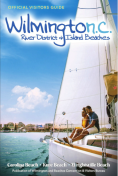For centuries, African Americans were in the majority in the Wilmington area. So, if you want to understand the region’s history, then you need to study the experiences and contributions of our Black community members. Cape Fear Museum can help!
New Hanover County: The Land of the Longleaf Pine
Since Europeans settled on the banks of the Cape Fear River in the 1720s, New Hanover County has been the region’s economic engine. The majority of the area’s population was Black during the 18th and the 19th century. Before Emancipation, enslaved peoples’ work helped create the wealth that made Wilmington the largest city in North Carolina. Enslaved African Americans lived and worked in the area’s forests, farms, shops, and manufacturing enterprises in both the city and the rural county.
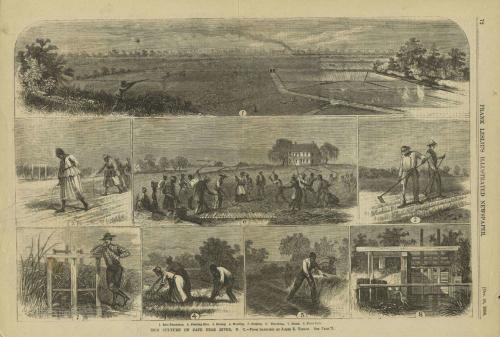
After Emancipation, New Hanover County’s newly-freed Black population took advantage of the freedoms that Reconstruction brought. Black Wilmingtonians started new businesses, learned to read and write, ran for office, took up professions, and even opened a daily newspaper in the city.
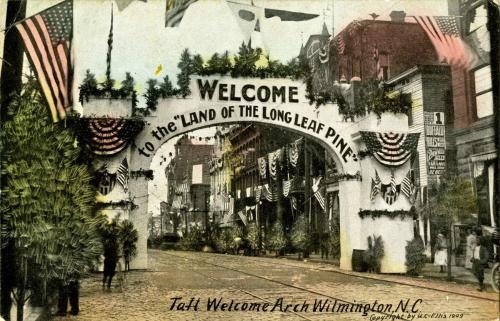
A White Supremacy Campaign in 1898
These freedoms and opportunities were attacked by a violent white supremacy campaign. The Wilmington Massacre and Coup of 1898 began when the state’s white Democratic Party campaigned to reinstate whites-only government. The campaign culminated in electoral fraud; a violent mob burned down the Black newspaper’s offices, and then killed an unknown number of African Americans. These events sent shocks through the community, and helped set the stage for a statewide disenfranchisement campaign and led to the rise of legally-sanctioned racial segregation in the state of North Carolina.
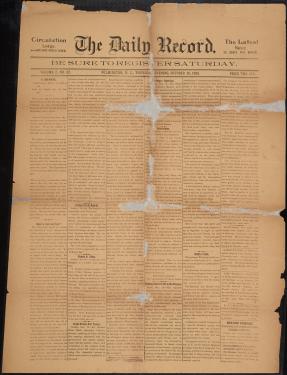

A Changing 20th Century
In the 20th century, although the county’s Black population fell over time, ideas about race and segregation remained at central to the region’s history.
In our galleries, you can learn how housing and school segregation spread its tentacles across the city and county. You can also meet some of the people who lived, worked, and played in the Lower Cape Fear.
|
|
|
Resources for Understanding the Past
Cape Fear Museum’s exhibits help visitors learn about Wilmington and New Hanover County’s rich and complex history. The Museum’s Cape Fear Stories exhibit touches on the experiences of enslaved African Americans. It examines the experiences of Black educators and leaders such as Mary Washington Howe after Emancipation. It explores 1898 and beyond. It highlights the community’s efforts to desegregate public institutions like the hospitals and the schools, and explores the ways the region has changed in the 20th century.
When you visit the Museum, you can also learn about basketball superstar Michael Jordan, who grew up in New Hanover County. Currently, you can see barrier breaking tennis great Althea Gibson’s racquet and trophy on display through Jan. 3, 2021.
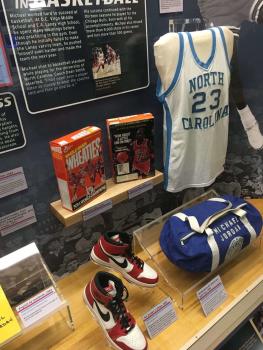

You can also explore traveling exhibits, such as Fighting for the Right to Fight: African American Experiences in World War II, curated by the World War II Museum (on display through Jan. 8, 2021).
African American History from Home
We also have on-line resources that you can explore from the comfort of your own home. We recently created an accessible and informative 1898 timeline and map to help our community better understand the massacre and coup. We have shared a collection of newspapers and clippings from the African American newspaper The Daily Record. If you are interested in slavery, there are resources exploring a set of letters from 1849-1850 about two enslaved men and their failed attempt to escape slavery. And if you check out This Month in History, you’ll find articles covering a wide range of historical moments in the Lower Cape Fear. During the pandemic, we’ve also expanded our video and other online programming, including a Highlighting History series, and a Juneteenth celebration.
About Cape Fear Museum
Cape Fear Museum of History and Science, a Smithsonian Affiliate, is the state’s oldest history museum. Located at 814 Market Street, the museum is open Tuesday-Saturday, 9 a.m. to 5 p.m. and Sunday 1 to 5 p.m.
